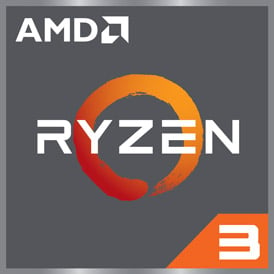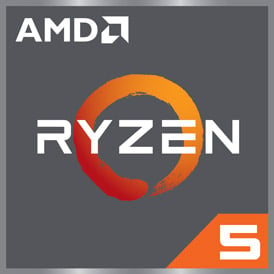 Estimated results for PassMark CPU Mark
Estimated results for PassMark CPU Mark
|
|
AMD Ryzen 5 4600G
6C 12T @ 3.7 GHz
|
15922
|
|
|
AMD Ryzen 3 4300G
4C 8T @ 3.8 GHz
|
11050
|
 Geekbench 5, 64bit (Multi-Core)
Geekbench 5, 64bit (Multi-Core)
|
|
AMD Ryzen 5 4600G
6C 12T @ 3.7 GHz
|
5877
|
|
|
AMD Ryzen 3 4300G
4C 8T @ 3.8 GHz
|
4233
|
 V-Ray CPU-Render Benchmark
V-Ray CPU-Render Benchmark
|
|
AMD Ryzen 5 4600G
6C 12T @ 3.7 GHz
|
5710
|
|
|
AMD Ryzen 3 4300G
4C 8T @ 3.8 GHz
|
4217
|
 Geekbench 6 (Multi-Core)
Geekbench 6 (Multi-Core)
|
|
AMD Ryzen 3 4300G
4C 8T @ 3.8 GHz
|
5257
|
|
|
AMD Ryzen 5 4600G
6C 12T @ 3.7 GHz
|
4867
|
 iGPU - FP32 Performance (Single-precision GFLOPS)
iGPU - FP32 Performance (Single-precision GFLOPS)
|
|
AMD Ryzen 5 4600G
6C 12T @ 3.7 GHz
|
1702
|
|
|
AMD Ryzen 3 4300G
4C 8T @ 3.8 GHz
|
1306
|
 Geekbench 6 (Single-Core)
Geekbench 6 (Single-Core)
|
|
AMD Ryzen 5 4600G
6C 12T @ 3.7 GHz
|
1554
|
|
|
AMD Ryzen 3 4300G
4C 8T @ 3.8 GHz
|
1519
|
 Geekbench 5, 64bit (Single-Core)
Geekbench 5, 64bit (Single-Core)
|
|
AMD Ryzen 5 4600G
6C 12T @ 3.7 GHz
|
1206
|
|
|
AMD Ryzen 3 4300G
4C 8T @ 3.8 GHz
|
1134
|
 Cinebench R20 (Single-Core)
Cinebench R20 (Single-Core)
|
|
AMD Ryzen 5 4600G
6C 12T @ 3.7 GHz
|
472
|
|
|
AMD Ryzen 3 4300G
4C 8T @ 3.8 GHz
|
454
|
 Cinebench R15 (Single-Core)
Cinebench R15 (Single-Core)
|
|
AMD Ryzen 5 4600G
6C 12T @ 3.7 GHz
|
195
|
|
|
AMD Ryzen 3 4300G
4C 8T @ 3.8 GHz
|
182
|

